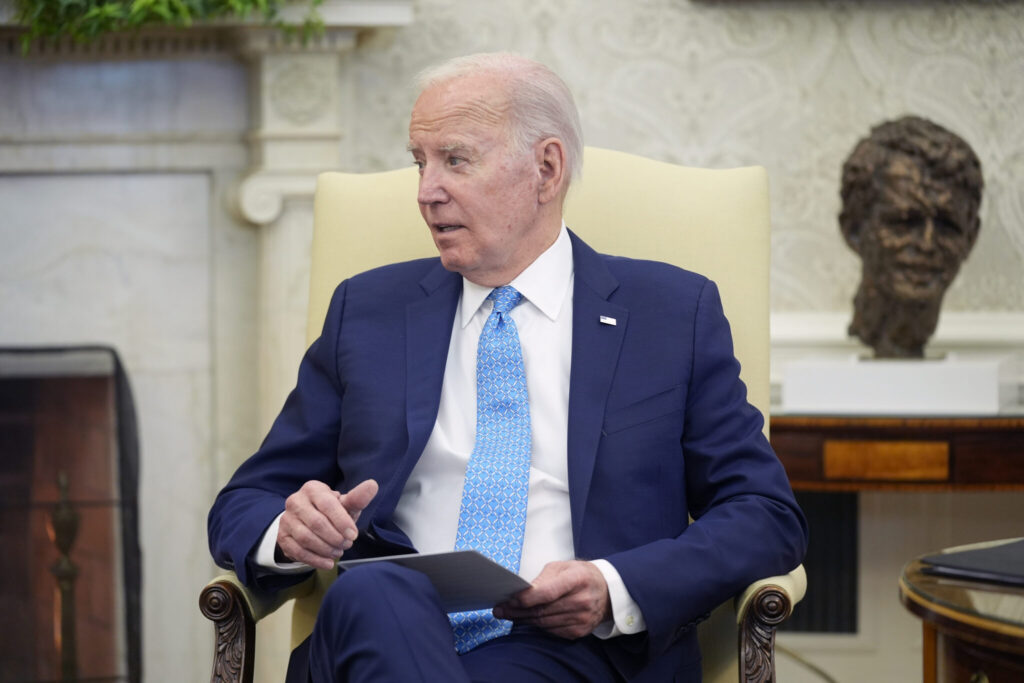President Joe Biden on Friday announced that the U.S. will begin airdropping sorely needed humanitarian assistance into Gaza amid the ongoing Israel-Hamas war.
Here’s what you need to know:
Quick Read
- Airdrop Announcement: President Joe Biden has announced the initiation of U.S. airdrops to deliver humanitarian aid into Gaza during the ongoing conflict between Israel and Hamas.
- Timing: The airdrops, in collaboration with Jordan, are set to commence in the coming days, initially focusing on delivering military rations known as MREs, with potential for additional aid to follow.
- Catalyst for Action: This decision follows a tragic incident in northern Gaza where at least 115 Palestinians were killed and over 750 injured amidst chaotic circumstances involving an aid convoy and Israeli troop actions.
- Operational Challenges: The complexities of ensuring aid reaches the intended recipients without endangering civilians on the ground or inadvertently benefiting Hamas are acknowledged, with strategies to be adapted as the operation progresses.
- Impact and Efficacy: While airdrops are seen as a rapid response to the humanitarian crisis, they are recognized as a supplemental rather than a primary method of aid delivery, given the limitations compared to ground transportation.
- Ongoing Diplomatic Efforts: Efforts continue towards brokering a temporary ceasefire and establishing a maritime corridor for aid, aiming for a more sustained resolution to the humanitarian situation in Gaza.
The Associated Press has the story:
US to airdrop humanitarian aid into Gaza. When will it start? Why now?
Newslooks- WASHINGTON (AP) —
WHEN WILL THE AIRDROPS START?
Biden said the airdrops will be coordinated with Jordan, which has conducted several rounds of airdrops into Gaza in recent months and will begin in the “coming days.” The first deliveries are expected to be pallets of food -– military rations known as MREs — with other assistance potentially to follow. National Security Council spokesman John Kirby didn’t offer a more exact timetable for the airdrops but said the first round would not be the last.
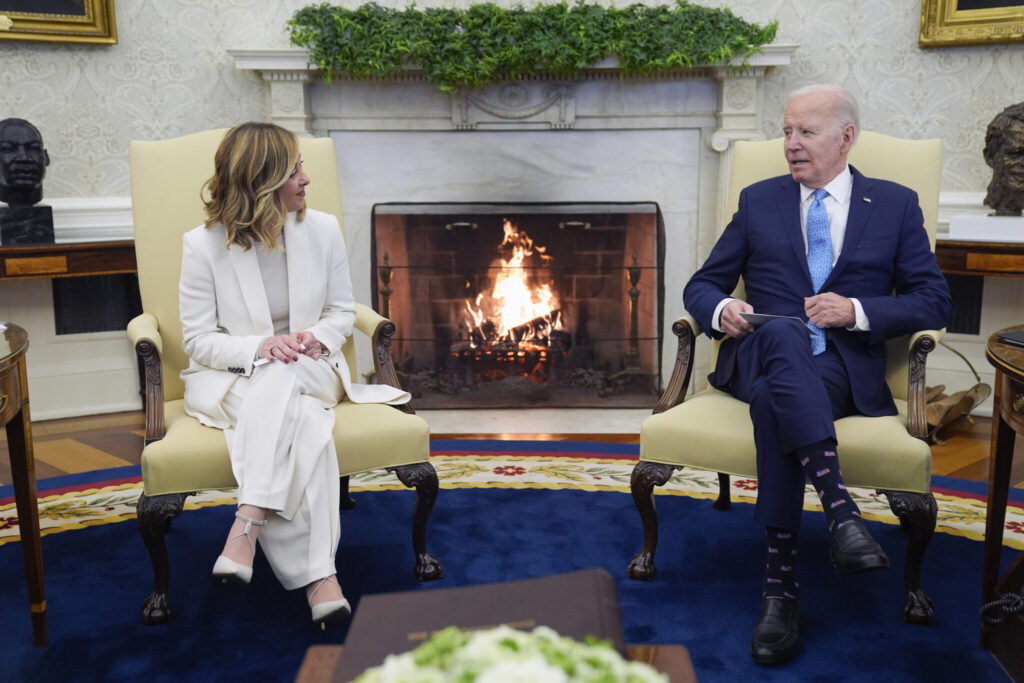
WHY NOW?
The Biden decision comes after at least 115 Palestinians were killed and more than 750 others were injured on Thursday trying to access aid in northern Gaza under disputed circumstances, according to Gaza’s Hamas-run health ministry. Witnesses said Israeli troops opened fire as huge crowds raced to pull goods off an aid convoy, while Israel has said it fired only when its troops felt threatened and that most of the civilian casualties were from trampling.
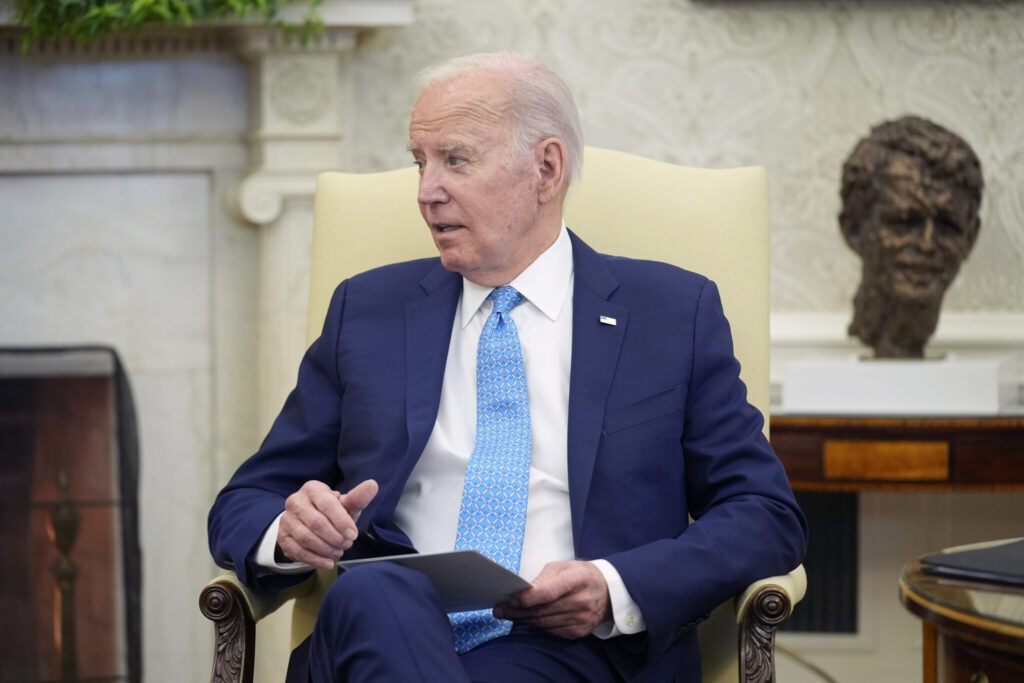
The U.S. has been pushing Israel to speed the flow of humanitarian assistance into Gaza and to open a third crossing into the territory, but Friday’s violence showed the challenges no matter the circumstances.
“The loss of life is heartbreaking,” Biden said Friday as he announced his decision to order airdrops. “People are so desperate.”
HOW WILL THE U.S. ENSURE AID GETS TO WHERE IT’S NEEDED?
Asked how the U.S. would keep the supplies from falling into Hamas’ hands, Kirby told reporters that the U.S. would learn over the course of the aerial operation.
“There’s few military operations that are more complicated than humanitarian assistance airdrops,” he said. Kirby said Pentagon planners will identify drop locations aiming to balance getting the aid closest to where it’s needed without putting those on the ground in harm’s way from the drops themselves.
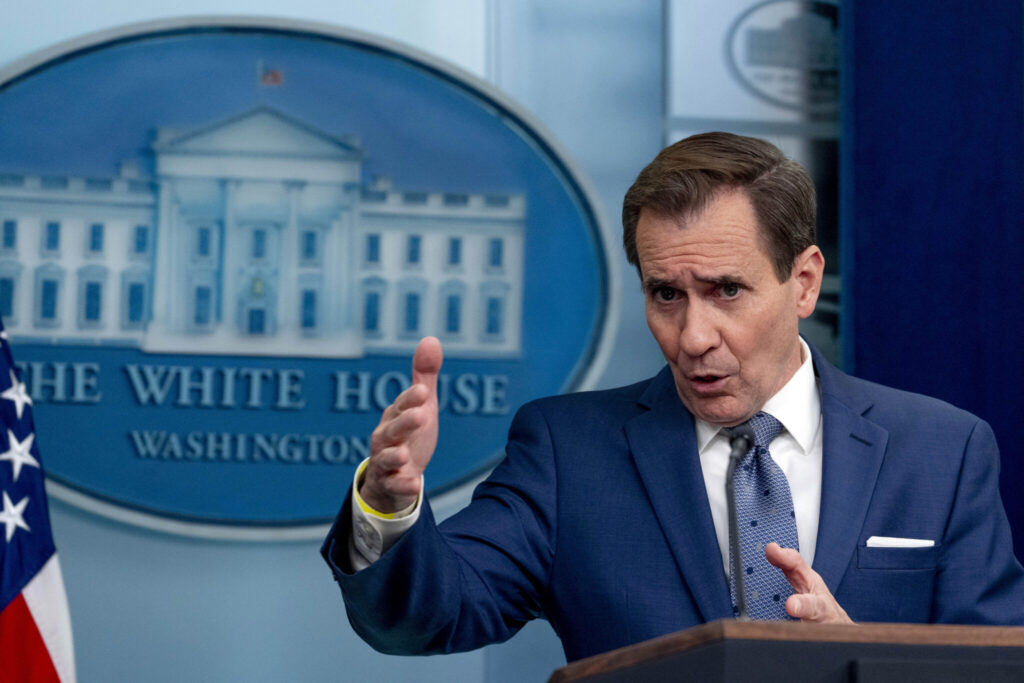
“The biggest risk is making sure nobody gets hurt on the ground,” Kirby said. He said the U.S. is also working through how the airdropped aid will be collected and distributed once it’s on the ground.
WILL IT MAKE A DIFFERENCE?
The U.S. believes the airdrops will help address the dire humanitarian situation in Gaza, but they are no replacement for trucks, which can transport far more aid more effectively — though Thursday’s events also showed the risks with ground transport. Kirby said the airdrops have an advantage over trucks in that planes can move aid to a particular location very quickly. But in terms of volume, the airdrops will be “a supplement to, not a replacement for moving things in by ground.”
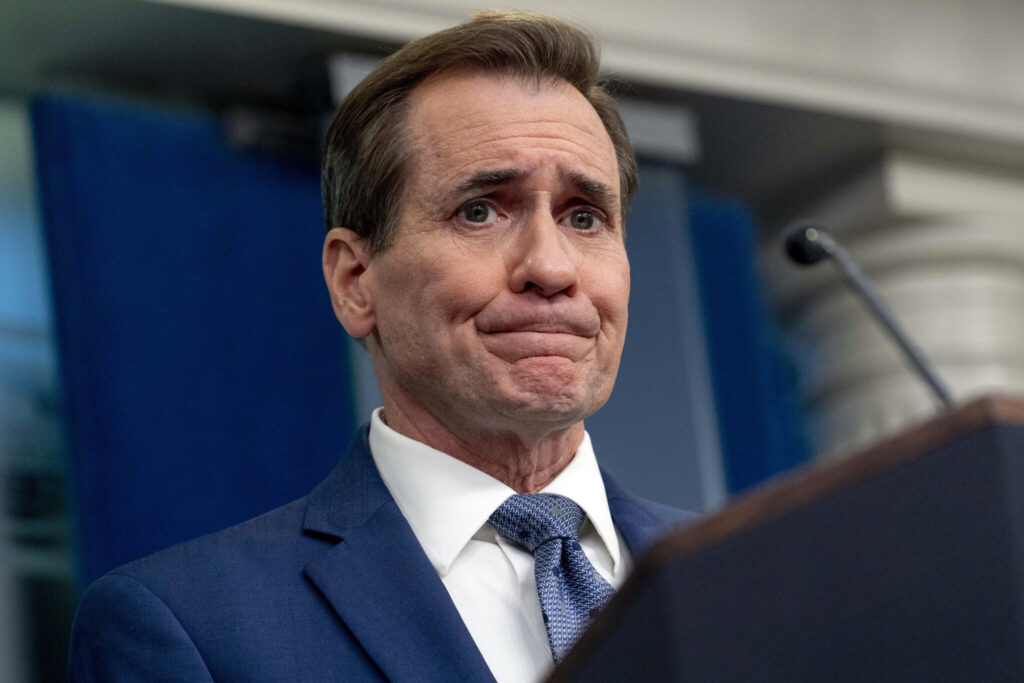
WHAT ELSE CAN BE DONE?
The U.S. and allies have tried to broker a new temporary ceasefire between Hamas and Israel that would see the release of more hostages held by the militant group in Gaza, the freeing of some Palestinian prisoners in Israeli jails and an up-to-six-week pause in the fighting. If a ceasefire were secured, the U.S. hopes it would allow large quantities of aid to flow into Gaza over a sustained period of time. Biden on Friday also said the U.S. was working with allies on establishing a “maritime corridor” to provide assistance to Gazans from the sea.

